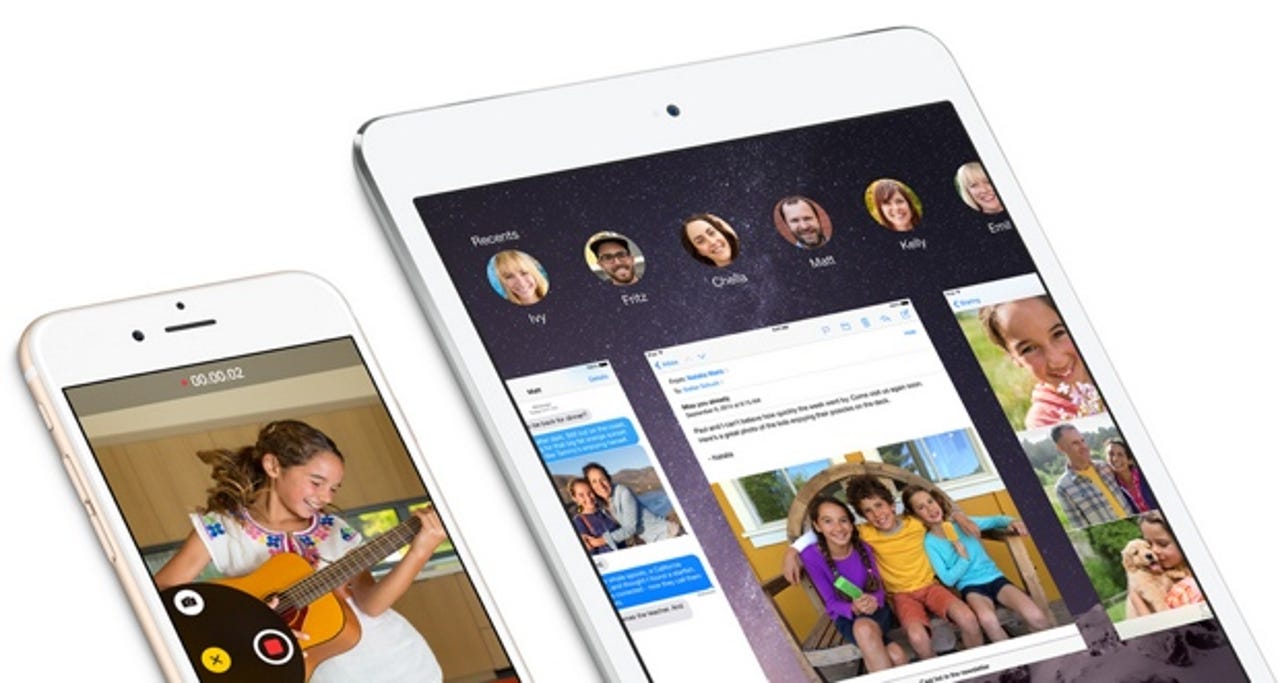Apple needs to address iOS updating before it creates toxic hellstew of its own


Apple's iOS update mechanism has become so clumsy and cumbersome – not to mention iOS itself being buggy – that iPhone and iPad owners are holding off from upgrading to the latest release.
AR + VR
iOS 8 usage, as measured by Apple, currently stands at 47 percent, which is only one percentage point higher than it stood on September 21, four days after iOS 8 was released.
Even ZDNet's own David Gewirtz, a smart and a very technically competent fellow, isn't upgrading to iOS 8.
So, what's wrong?
Well, some might point to the bug in iOS 8.0.1 update that knocked out cellular connectivity and Touch ID for iPhone 6 and iPhone 6 Plus owners. However, Apple claims that this affected fewer than 40,000 users, so the scope of the problem doesn't seem to have been that big.
Other point to the fact that iOS 8 makes older devices slow and kludgy. Then there's the high crash rate experienced by iOS 8 users.
iOS 8 has been so far been many miles of bad road, and there's no doubt that these problems are preventing certain segments of iOS users from upgrading. However, the real reason why the masses aren't pulling the trigger on the update is that iOS 8 very cumbersome and laborious to install.
Right from day one I called the iOS 8 update process "clumsy and awkward." The problem is that the update needs a colossal amount of free storage space before it can be installed. Depending on the hardware, it can demand anything between 4.7GB and 6.9GB of free space, and that's a huge amount of space, especially for devices that started out with only 16GB of space in the first place.
Shortly after iOS 8 landed, social media sites were awash with people complaining about the free space requirements, while others told tales of having to delete their apps, data and even precious photos in order to be able to get the update onto their iPhone or iPad.
I hate to think how much data was irretrievably lost during these first few days.
Featured
What struck me is that most people didn't seem to know that hooking up the iPhone or iPad to a computer and updating via iTunes could have allowed them to avoided these hassles, but I suspect that many of these users have never connected their devices to a PC. After all, Apple introduced Over-The-Air updating in iOS 5, freeing iDevices from needing to be shackled to PCs to carry out iOS updates, and turning them into true post-PC devices.
The bottom line is that taking the iTunes route is just a cop-out, a way to dodge a pretty obvious flaw with the update mechanism. To even have to suggest this to people shows that Apple needs to address this problem, and address it fast, because it's clearly having an effect on how fast new versions of iOS are penetrating the ecosystem.
Apple needs to do better.
Google allowed Android updating to become unwieldy and embarrassingly difficult, which in turn led to a "toxic hellstew" of vulnerabilities and security issues. Apple needs to prevent this current problem from becoming an even bigger problem over the coming months. iPhone and iPad users have thus far been enthusiastic about installing updates promptly. If Apple starts to condition users into seeing updates as a headache, people will avoid updating.
Here's what Apple needs to address:
- Increase confidence in iOS updates with stricter quality assurance testing.
- Work on making iOS updates less of a performance drag on older hardware.
- Streamline the iOS update mechanism. Post-PC means not needing a PC, even to update. iOS 8 failed at this.
- Dump the 16GB iPhone and iPad and make 32GB the base model.
Come on Apple, you can make this process a lot less painful for your customers.
See also: